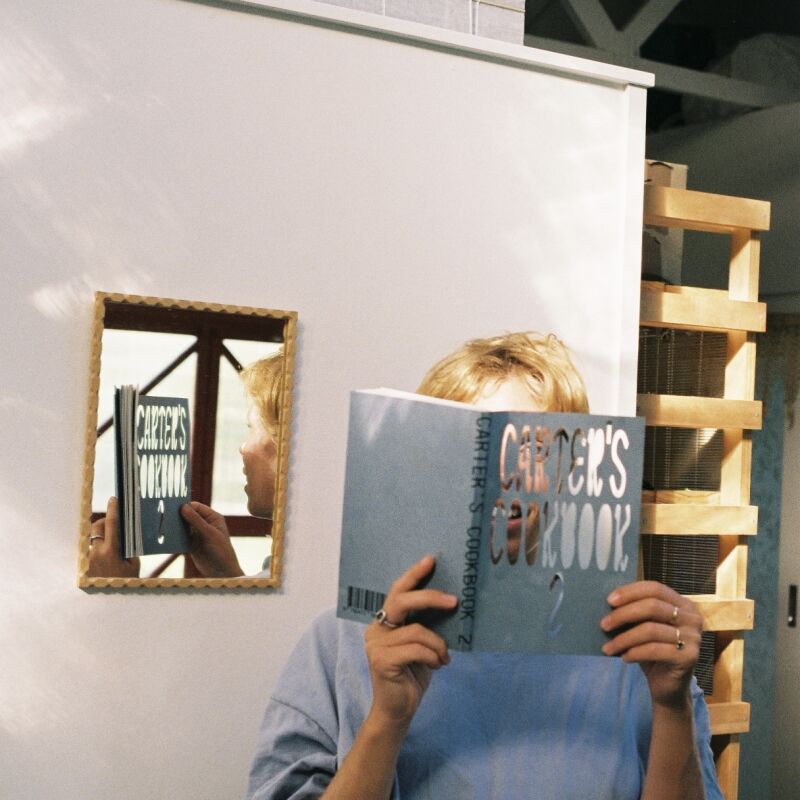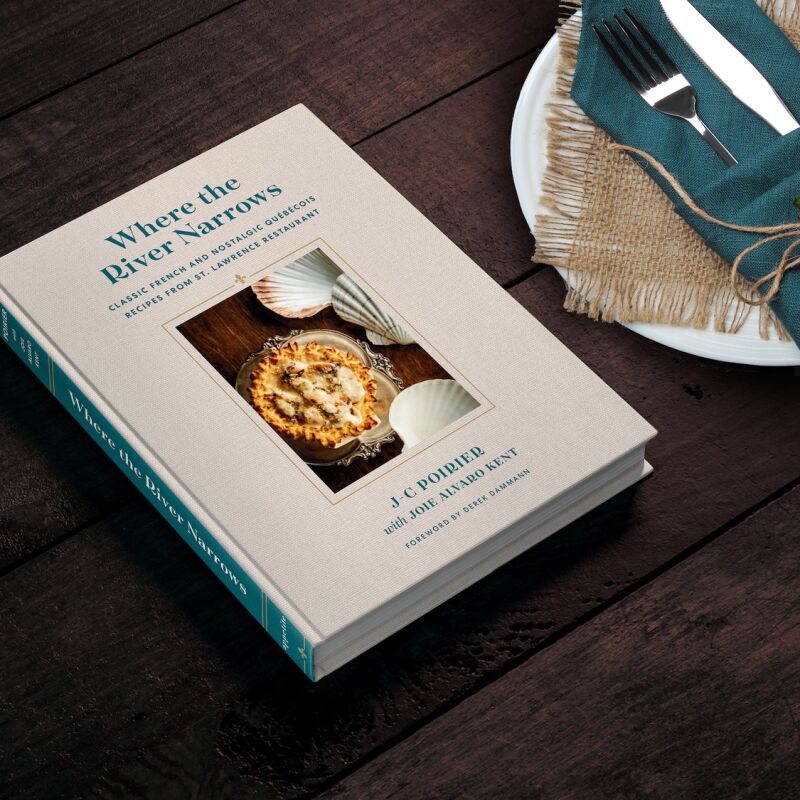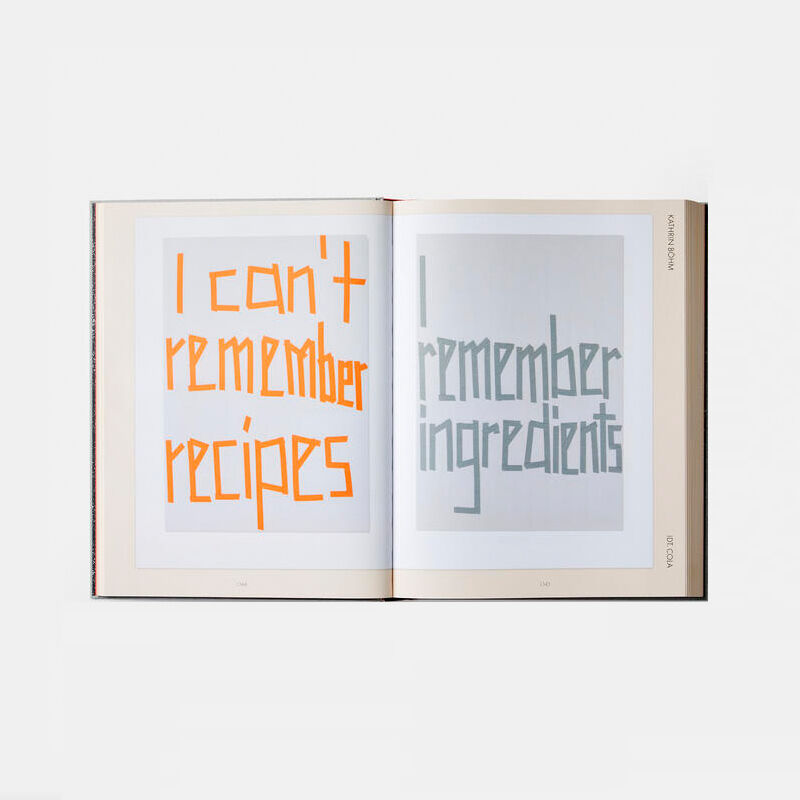A permanent fixture on our Los Angeles itinerary is Cookbook, a greengrocery from Marta Teegan and Robert Stelzner in Echo Park. Recently, the two opened a second Highland Park location, in a renovated historic storefront. We asked Marta, a trained chef, master gardener, and author, for her advice on storing and organizing produce, dried goods, meat, and (apropos of the holiday season) leftovers. Here are her tips.

Room temperature versus refrigerated.
“The only veggies that we keep at room temperature are potatoes, onions, garlic, and winter squashes. All other vegetables are stored in the refrigerator. Mushrooms and ginger can go either way. We like to keep most, if not all, of our fruit at room temperature, but right now we have limes and yuzu in the refrigerator. We keep our dates in the refrigerator year round; it keeps them from fermenting. If buying room temperature eggs from a farmer, it’s fine to keep them at room temperature. If buying already refrigerated eggs, it’s best to then also store them in the refrigerator.”

Brown bag it.
“Mushrooms are best stored in paper bags, and unripe bananas are best ripened in paper bags. Leafy greens and lettuces, however, don’t do well in paper.”
Use plastic sparingly.
“For heartier greens like kale, collards, and chard, I’ll put as many bundles as will comfortably fit into a single plastic bag—they do not each need their own bag. I store lettuces and other delicate greens in plastic but with lots of air in it to protect the greens from being squashed and getting slimy.”

Revive the wilted.
“For anything that’s been left out for too long and wilted, simply snip their ends and submerge them in water for 15 minutes to revive them before storing in the refrigerator. Herbs being used the same day or the next day can be stored in a glass jar of water, but if the herbs are left in water for too long this will definitely wash out the flavor of the herbs.”

Get creative with leftovers.
“For a Thanksgiving meal, I would urge guests to bring a few of their own containers with them for leftovers. One really nice thing to send your guests home with is a pullman loaf so that it will be easy for them to make sandwiches the next day.”
And keep like with like.
“Pack starches with starches, veggies on their own, sauces on their own, meat on its own. Undressed salad on its own too.”

Two ways to store meat.
“Unless the package is damaged, it’s best to keep meat in its original packaging from the store. Store it on the lower level of the refrigerator, in a spot where it can’t drip on anything should it leak. If you plan to freeze raw meat, it’s best to wrap it tightly in plastic if it is not already in a plastic package. I also like to note the date that it’s going into the freezer on a piece of blue tape. We also store our cured meats on enamel trays. We thoroughly wash the trays each day before wrapping the meat in plastic for overnight storage.”

Label everything.
“Everything in our kitchen at home has a piece of blue tape on it marked with what’s inside and the date of purchase.”
Kitchen wrap for home use.
“If I’m not recycling a plastic bag or deli container from the store, I will use brown paper bags and butcher paper to carry and wrap everything—paper bags are incredibly sturdy and versatile. For snacks to go, I also often wrap them in a cloth napkin or tea towel, which I can then use to clean up.”
See more from our posts:
- Shopper’s Diary: Cookbook in Los Angeles
- Leila’s Shop in London: The Ultimate Greengrocer
- Shopper’s Diary: Leila’s Way with Fruit and Vegetables
Frequently asked questions
Who is Marta Teegen and what is her cookbook about?
Marta Teegen is a food stylist, recipe developer, and author of the cookbook Grocery Los Angeles. Her cookbook is based on recipes using locally sourced ingredients found in Los Angeles grocery stores.
What kind of recipes are included in the cookbook?
The cookbook includes recipes for all meals of the day including breakfast, lunch, dinner, and snacks. It also includes recipes for meat, vegetables, pasta, and desserts.
What is the focus of the cookbook?
The focus of the cookbook is on using locally sourced and fresh ingredients to create delicious and healthy meals.
Where can I buy the cookbook?
The cookbook can be purchased online on various websites including Amazon and Barnes & Noble. It can also be found in local bookstores and some grocery stores in Los Angeles.
Are all the ingredients in the recipes easily found in grocery stores?
Yes, Marta Teegen focuses on using ingredients that can be easily found in grocery stores, specifically in Los Angeles stores. She provides tips on where to find certain ingredients that may be more difficult to locate.
Are the recipes suitable for vegetarians and vegans?
Yes, the cookbook includes a variety of vegetarian and vegan recipes as well as recipes for meat eaters.




Have a Question or Comment About This Post?
Join the conversation